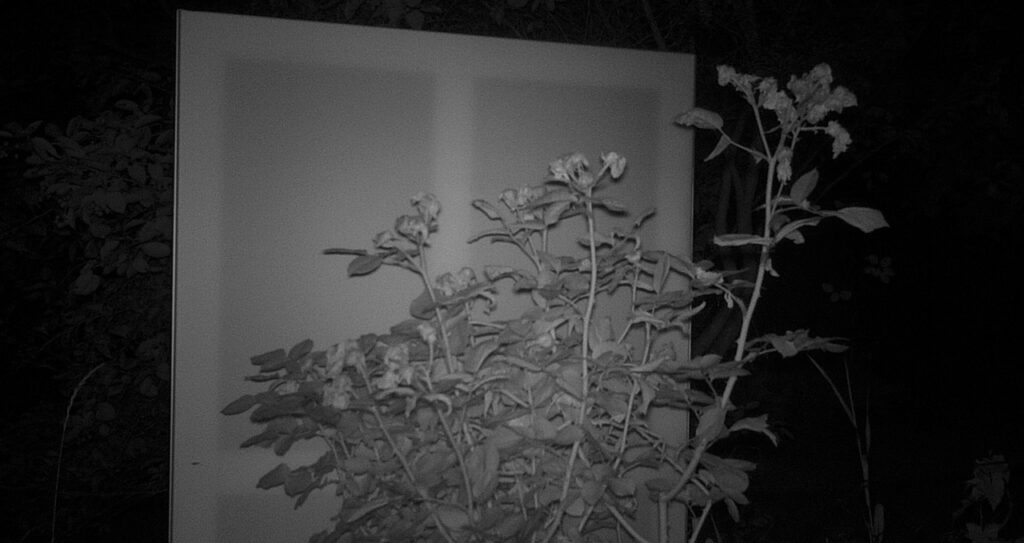Blooming Simulacra (c) Anaïs Horn 2022-Videostill
Opening by ┬ĀLAbg. Assoz.-Prof. Dr. Sandra Holasek, Stadtrat Dr. G├╝nter Riegler, Dr.in Tanja Gurke.
Birke Gorm
Birke Gorm (Hamburg) studied at the Academy of Fine Arts in Hamburg and at the Academy of Fine Arts Vienna. For her series How to do Anything, she chooses the jute bag as her starting material – an object understood as an archaic container of goods and symbol of world trade serves Birke Gorm as an artistic means of expression. By detaching the material from its function and creating a kind of canvas out of it, she creates possibilities to transport new contexts. She works on her support material and sews her motifs onto it. Similar to drawing, but with the help of jute fibers, Gorm creates her individual visual language. The choice of her pictorial content is extremely contemporary – current organizational forms of work and the self-regulation and self-optimization often associated with them are the subject of Gorm’s series. The haptic manual work process that the artist undertakes provides a counterweight to many of her pictorial motifs, which illustrate our contemporary achievement-oriented society. Birke Gorm is the recognition award winner of the STRABAG Artaward International 2020.
Publications and Selected Press
2021
Mayer-Heinisch, Clarissa, ŌĆŗŌĆ£Birke Gorm: Handwerk als MalereiŌĆØ, Parnass, February
2020
Huber, Leonie, ŌĆŗŌĆ£Birke Gorm: Durch das Material arbeitenŌĆØ, PW Magazine, May
2019
Watzl, Paula, ŌĆŗŌĆ£Birke GormŌĆØ, Parnass, September
Black Pages, June, issue 91
With a background in literature and communication design she graduated from Friedl Kubelka School for Fine Art Photography, Vienna in 2015. She has been awarded several scholarships and residencies, e.g. at the Cit├® Internationale des Arts, Paris (2017ŌĆō 2018 and 2021) or the ISCP New York City (2020, 2022).
In this work she responds to the Baudrillard text Simulacra and Simulation with Blooming Simulacra:
A glow of light on the drapery, flowers sinking into darkness, is it evening light streaming through a delicate curtain, or is it the last flicker of a candle that illuminates this image? How still are the objects in this still life, how dead is nature in this Nature Morte? Radical thinking (Baudrillard) draws its power – similar to the real image that makes us aware of “this trembling of the world” – from the rejection of reality. Instead of creating transparency, the secret is reintroduced: Working out the illusion, creating it. Making mysterious what is clear, incomprehensible what is comprehensible: returning the world as we got it, incomprehensible. For “Blooming Simulacra” Horn stages living still lifes in the Graz art garden. A moment of emergence is depicted photographically, a moment in the course of passing, in circulation – a nocturnal illusion – made visible as it can never be visible. After this moment of appropriation, the living images are returned to nature and transform: what remains as witness is the one image, the punctum. These pictures are presented in the exhibition – but also the living still lifes made of stretcher frames, fabrics and plants, which have then been left to the course of nature for several weeks and have changed, at every time of day and night, at every moment, will never look the same again. The secret of the individual painting remains hidden forever.

